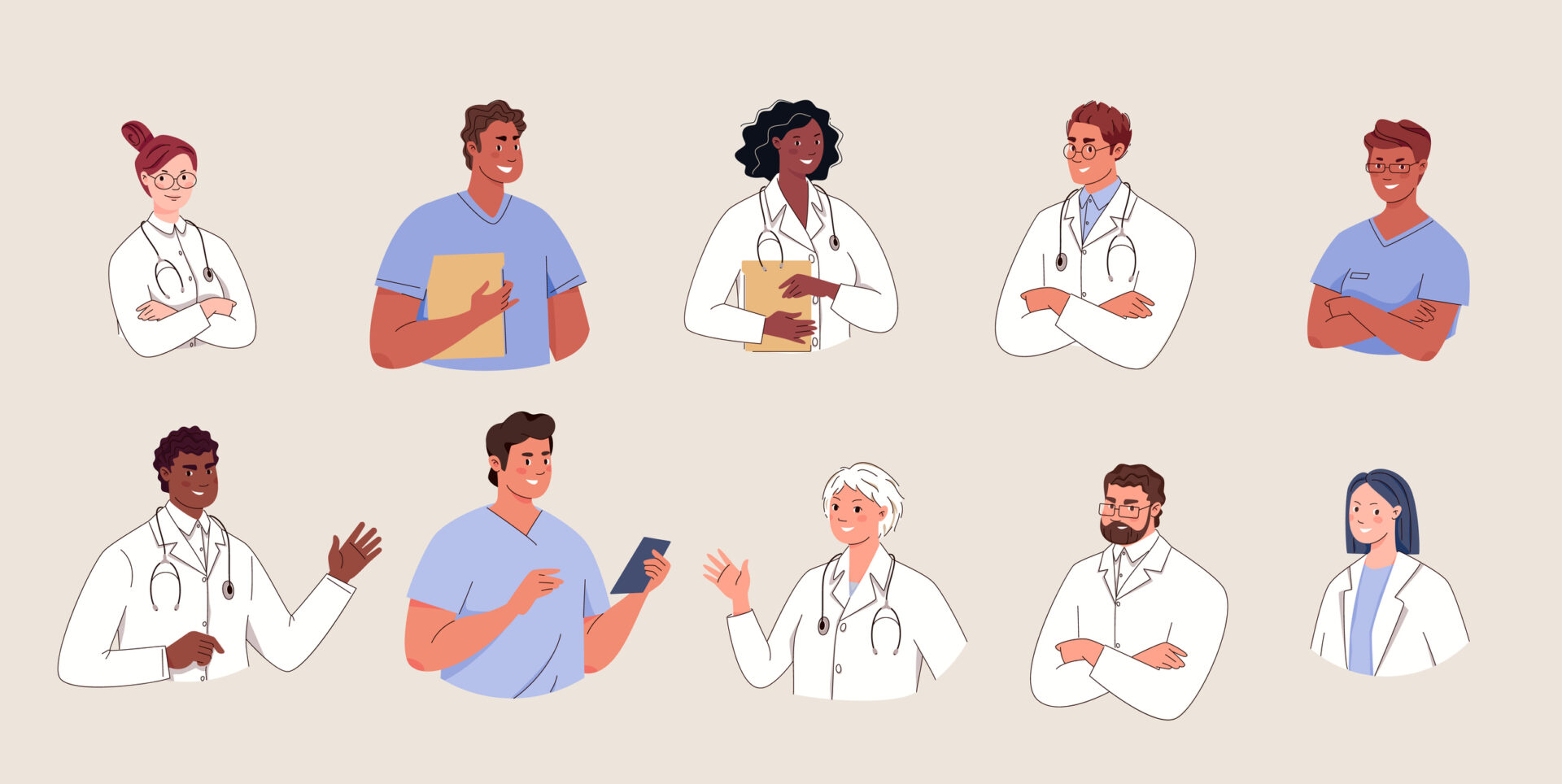Pressure to be Perfect
Physicians are no strangers to stress despite their composure and professional disposition. Each shift scheduled demands attention to detail which determines the course of a patient’s life. Few professions deal with as much prestige following success or as much guilt following failure as these healthcare practitioners. Perhaps this is why stress, anxiety, burnout, and suicide rates are considerably higher in the United State’s physician population as compared to that of the general population.
According to one study, burnout affects 25% of physicians. This is usually caused by too many hours worked and high amounts of energy expended. What is fueling this behavior in healthcare providers? The pressure to be perfect. Increased time and energy spent working means there is less available for outside of work socialization. This can impact the communication and relationships of physicians leading to isolation.
Solo Practice
Isolation often grows during the transition from medical school, rotations, and residency to becoming a physician. During medical school, students are encouraged, if not required, to prioritize mental health. With increased transparency on the topic, medical schools have introduced individual counseling, group discussions, and methods of gauging a student’s health. The hope is that these resources can build a base for physicians to lean on when starting their professional journeys.
Despite students’ awareness that these resources end when they graduate, it can still be a shock, as many new physicians have expressed. A lack of resources and the pressure for physicians to prove themselves can mean stepping away from colleagues. This shrinks physician socialization further.
Communicating Through Screens
While communication in the health care industry has diminished, the method in which it is carried out has also changed. A rise in the use of technology is impacting physician isolation. Laptops and tablets have replaced paper records. Eye contact with patients has given way to staring at glowing screens. Colleague consultations occur through emails, forums, and professional messaging applications. Similarly, patients are able to receive medical advice and request prescriptions through online portals. While these changes may decrease social interaction, they are beneficial to individual health as they allow for more accurate documentation and timely exchanges of information.
Finding Balance in Socialization
In order to combat isolation there are a few steps that physicians can take. The first applies to burnout and decreased social interactions outside of work. Physicians are encouraged to shrink their workloads. This means working less hours, including those done at home-such as research. Physicians are encouraged to make a clean break between their professional and social lives. A balance between the two must be achieved.
This clean break does not apply to social interactions with colleagues. Outings with co-workers are encouraged to break the stigma of a support system. Some medical institutions have even introduced conversation rooms where physicians can grab coffee and enjoy the company of peers. In these settings, physicians are encouraged to share feelings with those who may be experiencing similar stresses about work, family, and patients. The key to ending physician isolation is to create a community within medical institutions. Ultimately, a physician’s mental health is as important as the health of their patients.
Click here to read more on how communication between physician’s can be increased.
Are you interested in becoming a physician in the U.S.? If so, click here to start exploring clinical rotations that can help you secure a future in medicine.







Leave A Comment